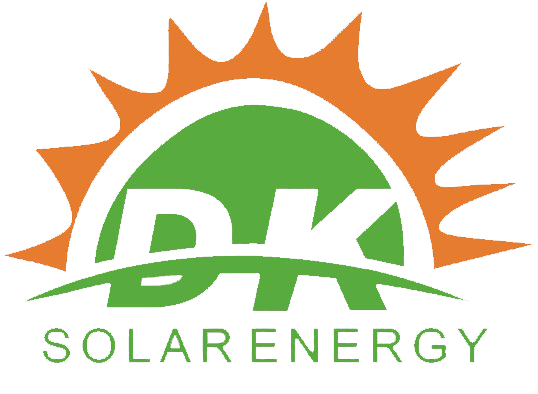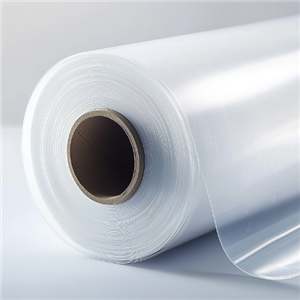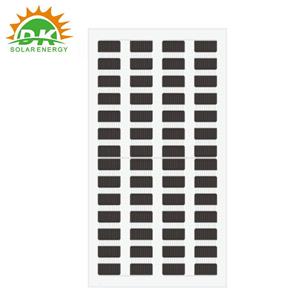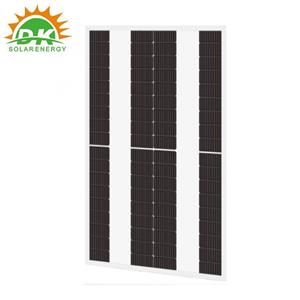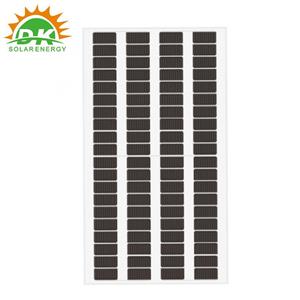Research status and prospect of TOPCon solar cells
Among the solar cells that use solar power to generate electricity, the photovoltaic market share of crystalline silicon cells has reached about 90%. So far, monocrystalline silicon solar cells are the leader in crystalline silicon cells, and their efficiency has always been the same as that of single junction solar cells. The leading level, the current highest efficiency has reached 26.6%.

Monocrystalline silicon is an ideal choice for the preparation of high-efficiency solar cells, with the characteristics of perfect crystal structure, suitable band gap and abundant reserves. In addition, N-type single crystal silicon also has the advantages of high purity, low impurities, low grain boundary dislocation defects, high minority carrier lifetime, and easily controllable resistivity.
The current research on high-efficiency crystalline silicon solar cells mainly includes passivated emitter back field point contact (PERC) solar cells, passivated emitter back local diffusion (PERL) solar cells, silicon heterojunction (SHJ) solar cells, back contact Silicon heterojunction (HBC) solar cells, interdigitated back contact (IBC) solar cells, tunnel oxide passivation contact (TOPCon) solar cells and polysilicon oxide selective passivation contact (POLO) solar cells, etc., large area In the preparation, the ultra-high efficiency of more than 23% has been achieved (as shown in Table 1)
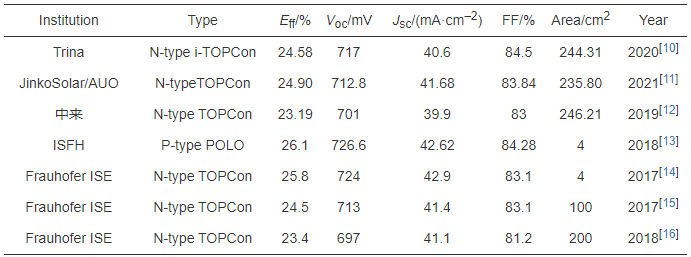
Compared with polycrystalline silicon solar cells, monocrystalline silicon solar cells have good stability and conversion efficiency. Due to the continuous innovation of the silicon wafer manufacturing process, the manufacturing cost of monocrystalline silicon solar cells has continued to decline, and the efficiency has also continued to improve.
According to the simulation calculation, the limit efficiency of the intrinsic heterojunction (HIT) solar cell is 27.5%, the limit efficiency of the PERC solar cell is 24.5%, and the solar cell based on the TOPCon structure has a higher efficiency limit (28.2%-28.7% ), and is also closest to the theoretical limit efficiency of crystalline silicon solar cells (29.43%).
TOPCon solar cells have excellent passivation characteristics and good compatibility with the industry chain, and have great potential. For the heavily doped polysilicon layer, the existing LPCVD and PECVD technologies have the problems of complex process, environmental pollution and high cost, and the efficiency of the TOPCon cell prepared by the newly researched sputtering method is far lower than that of the traditional method, so we should continue to explore new methods. environmentally friendly and energy-saving preparation method.
There are also many ways to prepare the oxide layer, which need to be used by comparing the economic, energy saving, environmental protection, efficiency achievements, etc. For the preparation method using PECVD plasma, only N2O is currently used, and a variety of oxygen-containing gases can be used for research in the future.
